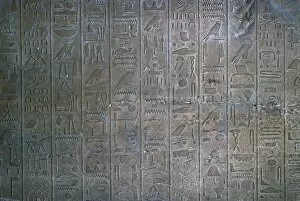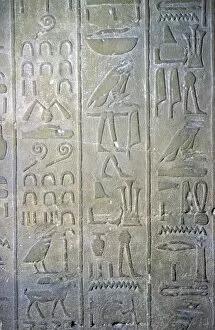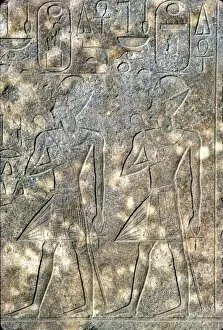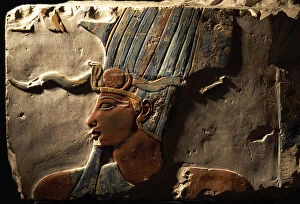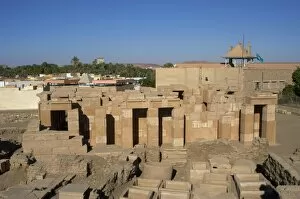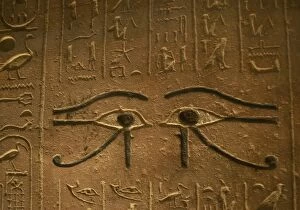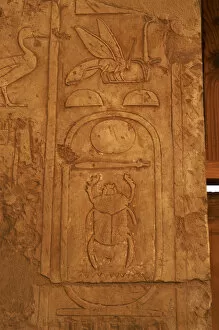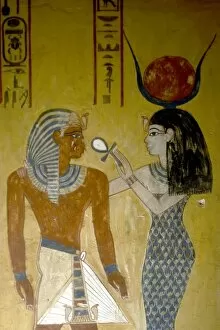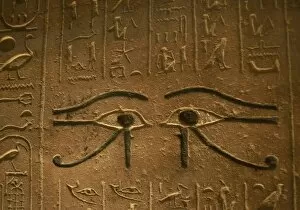Tuthmose Collection
Thutmose III, also known as Menjeperura Tutmosis or Thutmose IV, was an influential pharaoh of ancient Egypt during the 15th and 18th Dynasties
For sale as Licensed Images
Choose your image, Select your licence and Download the media
Thutmose III, also known as Menjeperura Tutmosis or Thutmose IV, was an influential pharaoh of ancient Egypt during the 15th and 18th Dynasties. His reign, which spanned from approximately 1490 to 1436 BC, left a lasting impact on Egyptian history. One remarkable testament to Thutmose III's power and influence is the Satet Temple located on Elephantine Island in Egypt. This temple stands as a magnificent tribute to his rule and showcases the grandeur of ancient Egyptian architecture. Another significant artifact that sheds light on Thutmose III's legacy is a polychrome relief depicting him in all his regal glory. Created during his reign, this relief captures the essence of his leadership and provides valuable insights into the artistic style prevalent at that time. The annals of Tuthmosis III are another fascinating historical record that offers glimpses into his military campaigns and conquests. These reliefs depict scenes from battles fought by this mighty pharaoh, showcasing both his strategic prowess and determination. Thutmose III's co-regency with Queen Hatshepsut further highlights their shared power within the Eighteenth Dynasty. Their partnership shaped Egypt's political landscape during this period and solidified their place in history as influential rulers. Exploring Thutmose IV's tomb reveals even more about this pharaoh's significance. As the eighth ruler of the Eighteenth Dynasty, he continued building upon his predecessors' legacies while leaving behind stunning artwork and inscriptions for future generations to admire. Thutmose III played a pivotal role in shaping ancient Egypt through military conquests, architectural marvels like Satet Temple, intricate reliefs documenting important events such as battles or annals records from Tuthmosis III himself - all contributing to our understanding of this remarkable era in human civilization.

